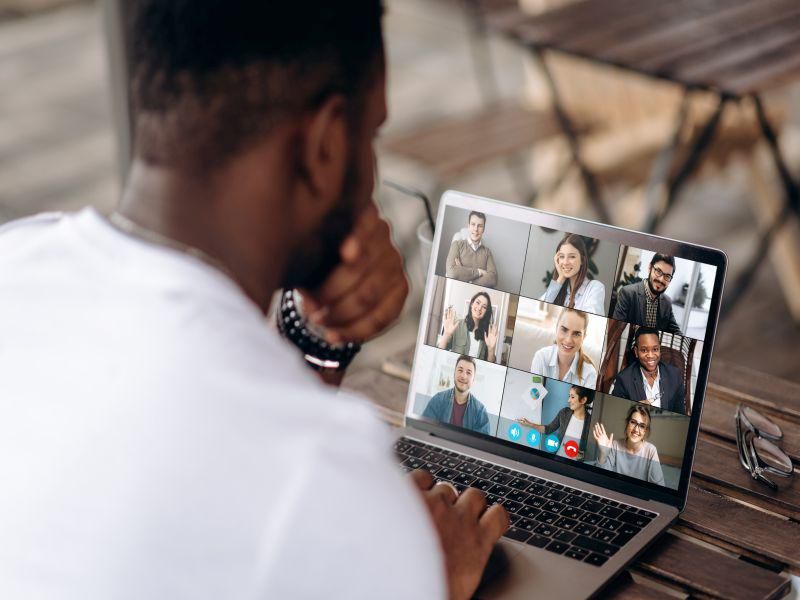TUESDAY, April 20, 2021 (HealthDay News) — Video conferencing has surged during the COVID-19 pandemic, but many workers are developing what some call “Zoom fatigue.”
Now, new research suggests a prime factor behind the trend: A lack of inclusion. The study finds that when people feel they’re really part of the group being gathered together, video conferences become less exhausting.
In the study, researchers asked 55 Americans working in various fields how they felt about video conferences.
Participants received nine hourly surveys a day for five straight work days last year. They completed more than 1,700 surveys in all, and took part in an average five to six video conferences during the week. Most of the participants were male (58%) and white (73%), with an average age of 33.
The researchers theorized that longer online meetings and being on video would cause the most fatigue, but they were surprised by their findings, according to the report published recently in the Journal of Applied Psychology.
“We expected that aspects of being on video would be related to fatigue, such as watching everyone’s faces closely on a screen or even watching yourself, but we didn’t find this to be true in our study,” said lead author Andrew Bennett, an assistant professor of management at Old Dominion University in Norfolk, Va.
“Longer meetings also didn’t impact fatigue,” Bennett added. “However, the importance of feeling a sense of belonging or connection with the group really minimized fatigue after a video conference.”
Only 7% of participants reported no signs of video conference fatigue. Watching oneself on a webcam or turning the webcam off had no statistically significant impact on fatigue, the study found.
Participants expressed conflicting feelings about using the webcam. Some said continuously staring at the screen was exhausting, while others considered it impersonal when participants switched off their webcams.
“Everyone just wants to get in and get out, log in and log off,” one participant said, according to a news release from the American Psychological Association. “There’s very little chatter before and after the meeting like there would be in real life.”
But such chatter may help build a sense of group belonging, which the study authors said had a marked effect in reducing video conference fatigue.
There also appeared to be an early afternoon “sweet spot” when video conferences caused less fatigue than at other times of day, the researchers added.
Based on their findings, the investigators offered suggestions to help reduce fatigue:
- Hold video conferences in the early afternoon.
- To build feelings of belonging, include time for small talk before or after the meeting, or by having breakout rooms where people can talk about their personal interests.
- Set basic rules, such as whether to keep webcams on and refraining from doing other work.
- Take breaks by looking away from the screen, standing up and walking around.
“We know video conferences are helpful,” Bennett said. “We get more emotional and nonverbal information from them, but that doesn’t mean everything needs to be done in a video conference. Sometimes a phone call or email is more effective and efficient.”
More information
Stanford University has more on Zoom fatigue.
SOURCE: American Psychological Association, news release, April 19, 2021
Copyright © 2025 HealthDay. All rights reserved.

